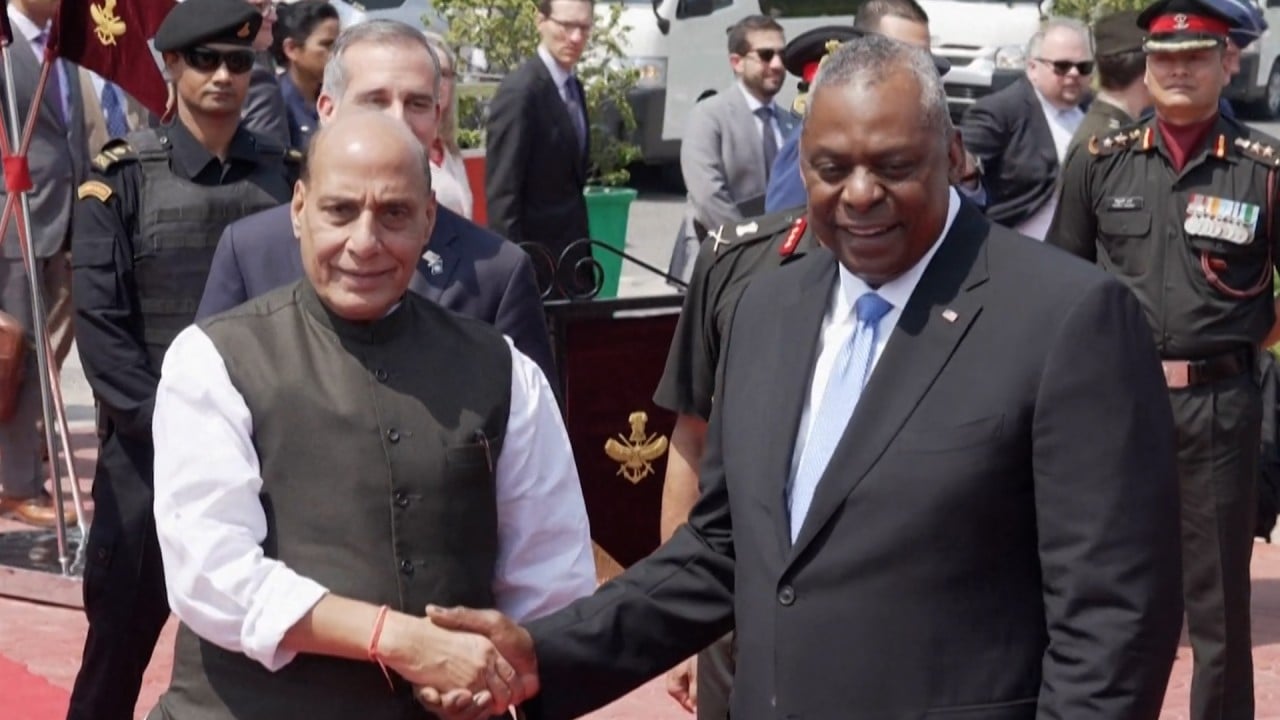
How India is gaining ground in its Indo-Pacific maritime contest with China
- India is not just boosting its military and deterrence but also deepening cooperation with Quad nations, Asean and the Pacific islands
- But with India still no match for China, it is likely to work on increasing collective pressure while avoiding military measures that would invite a Beijing blowback
China’s maritime route stretches via the South China Sea and Malacca Strait to the Indian Ocean, splitting at Sri Lanka’s ports. One route leads to the Persian Gulf via the northern Arabian Sea, the other reaches the Mediterranean Sea through the Gulf of Aden. Considered maritime “lifelines” by Chinese leaders, these routes are safeguarded by the People’s Liberation Army (PLA) with the intelligence and logistics support of the Chinese companies controlling or operating hundreds of ports along the routes.
India’s primary maritime boundaries span from the Bay of Bengal and Andaman Sea, through Malacca and Singapore, to reach up to the Persian Gulf, Gulf of Aden and the East Coast of Africa.

Should China do this, it would gain exclusive oversight of India’s naval movements in the Indian Ocean region, not least enhancing its regional maritime awareness and operational knowledge.
To guard against this, India appears to have adopted a three-pronged approach: strengthening its naval war-fighting capabilities, cultivating military and diplomatic ties with countries in the Indian Ocean region, notably by establishing overseas maritime watch facilities, and rallying support from like-minded countries via naval exercises and military pacts.

Such Indian actions and investments will only grow, and should suffice so long as China restricts its activity in the Indian Ocean to the occasional warship deployment.
But India has also forged legal frameworks and operational logistics with strategic partners to show its readiness to take collective military action against China if needed.
Why Asean openly backing rising US presence in region may not upset China
India’s trade routes in the South China Sea, while a secondary area of interest, is gaining prominence in its strategic calculations. Its expanding diplomatic ties and maritime presence in the South Pacific Islands also show its growing readiness to compete against China across the wider Indo-Pacific.
But India’s outreach to Asean and the Pacific Islands is only meant to score diplomatic points and secure economic gains; its naval exercises and patrols mainly enhance its soft power in the Global South. It still lacks the economic and military might to match China’s influence across the Indo-Pacific.
Given India’s inability to claw back territory after its 2020 border clash with China, it is highly unlikely that countries such as Vietnam and the Philippines would lean on India’s military support in their maritime disputes with China. Instead, India is likely to band together with other major powers in the region to increase the collective pressure on China, while avoiding military measures that would invite a blowback.
Asma Khalid is an independent researcher and former visiting fellow at the Stimson Center


